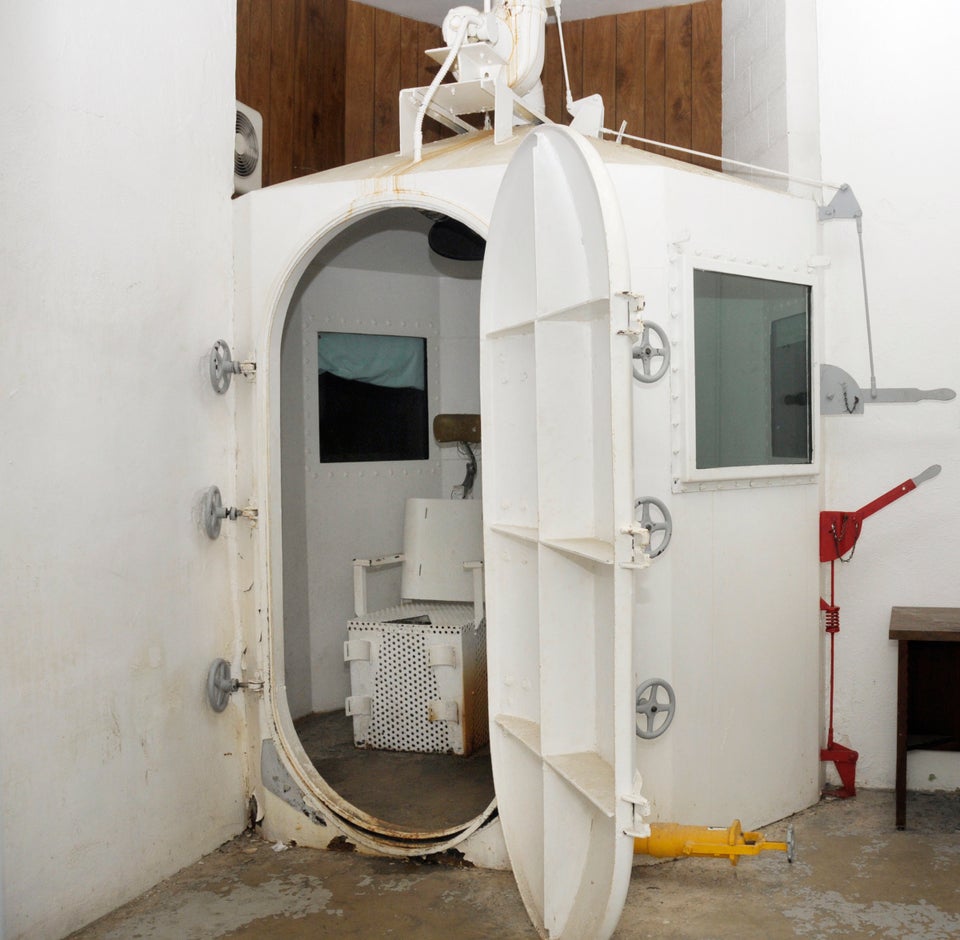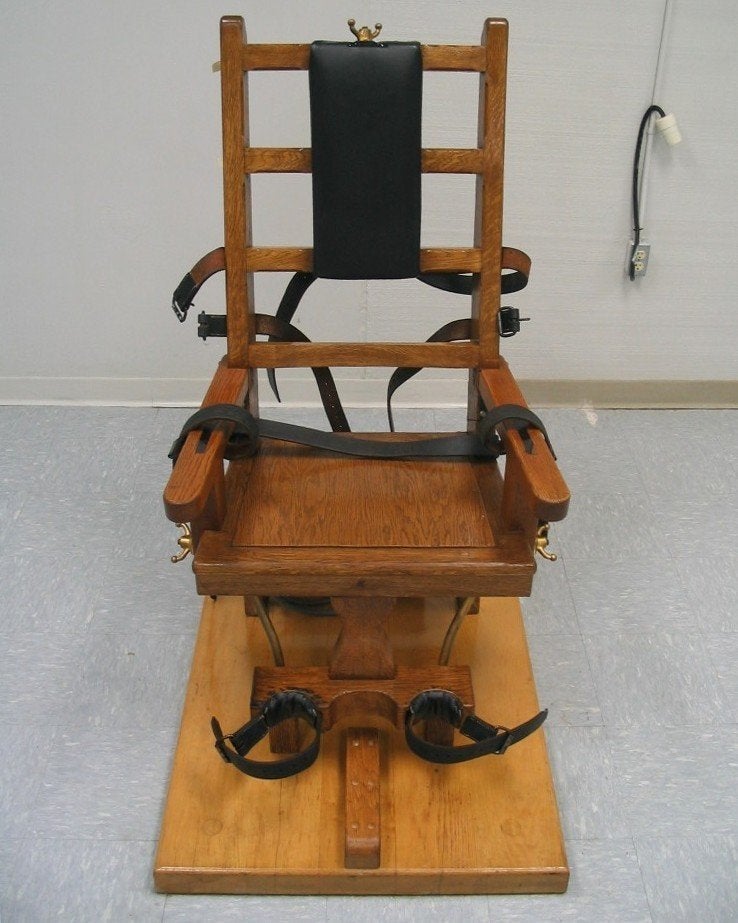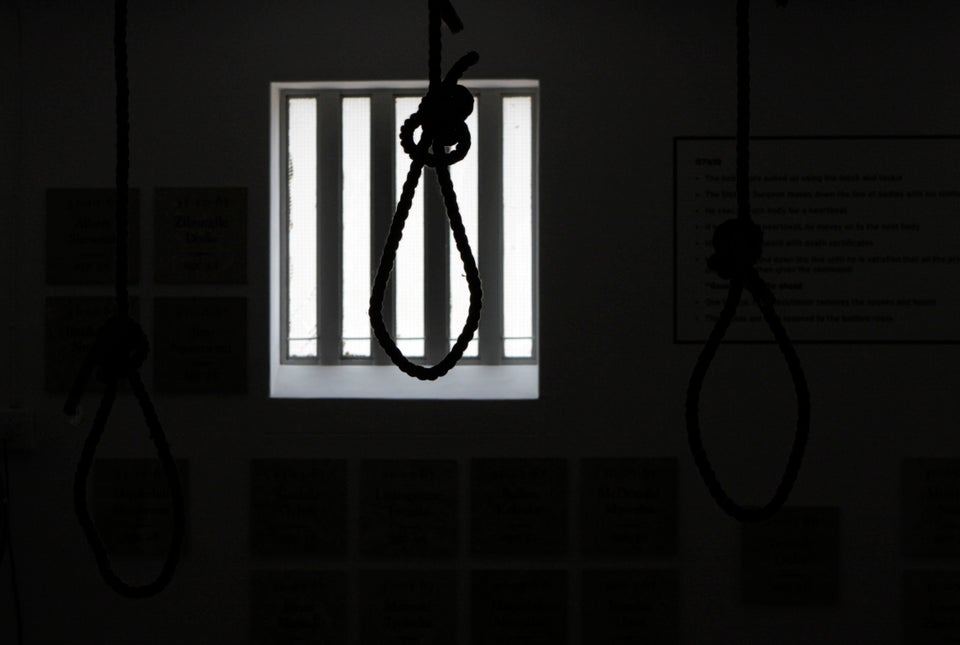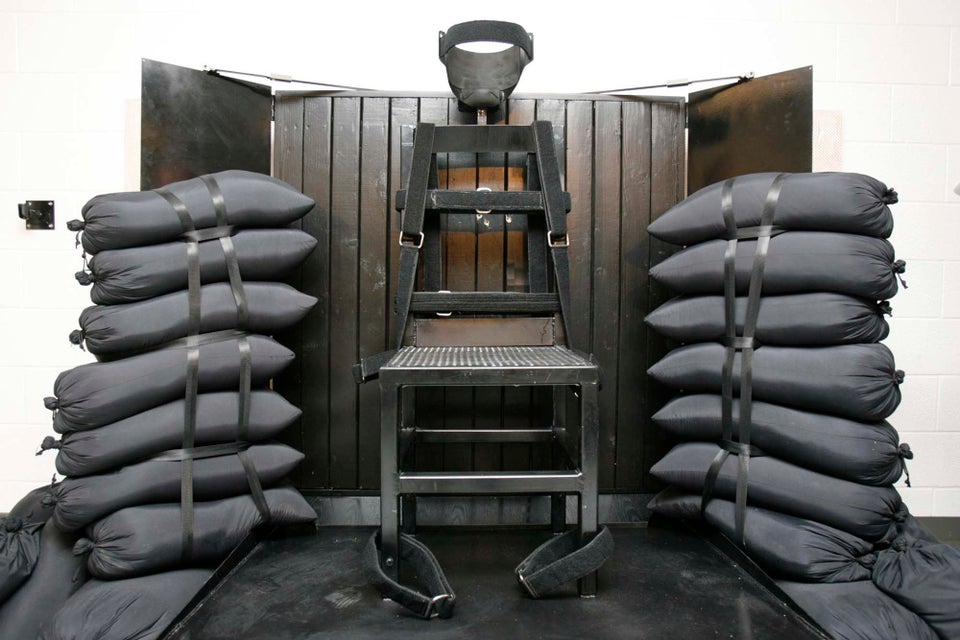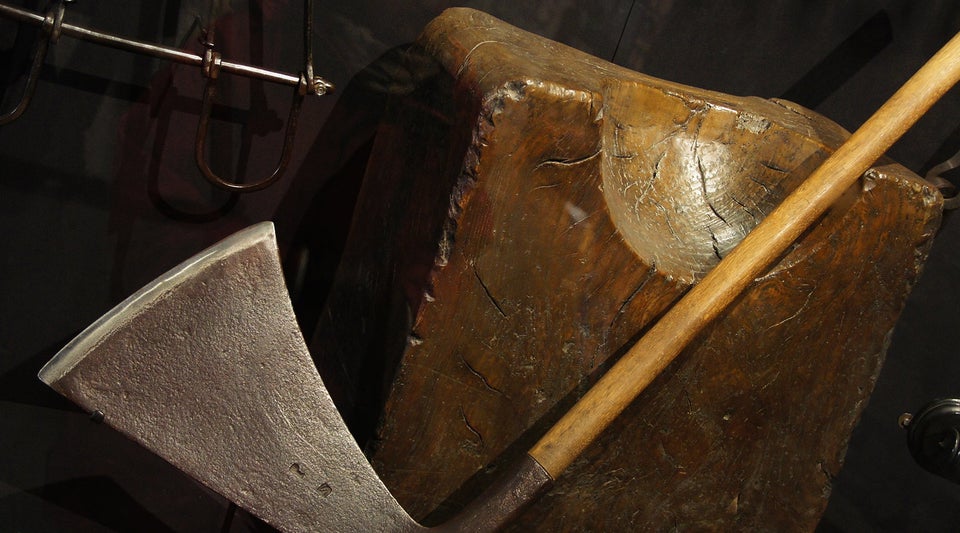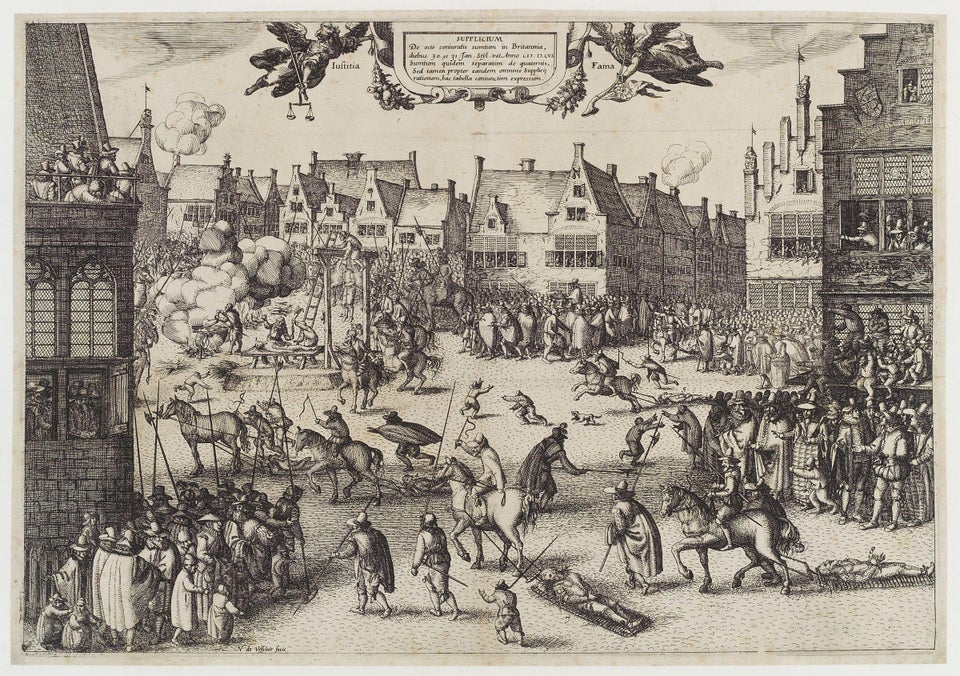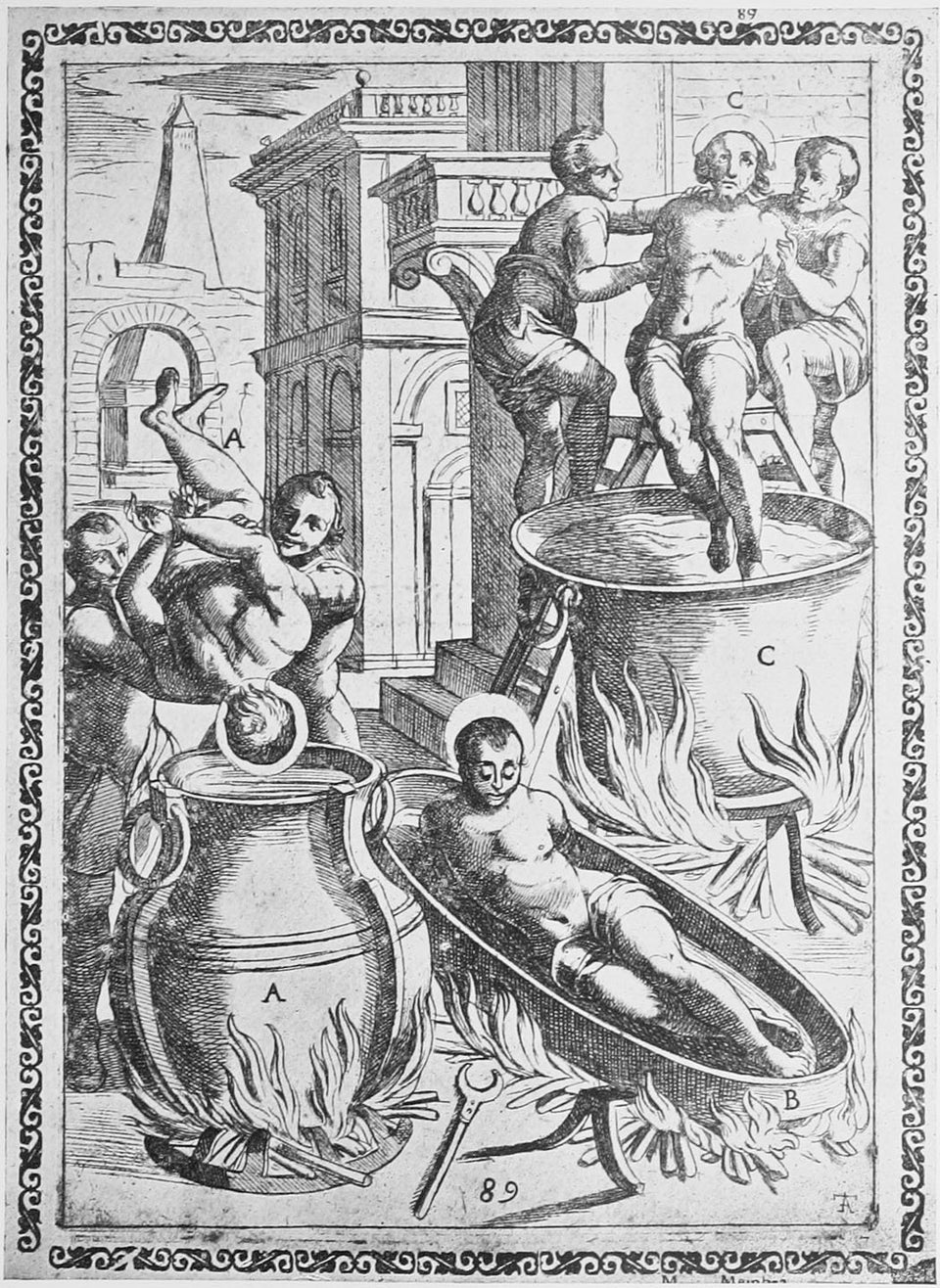The U.S. Supreme Court on Monday ruled in a 5-4 vote that Oklahoma may continue to use a controversial lethal injection drug during executions.
The Oklahoma death row prisoners who brought the matter to court "failed to identify a known and available alternative method of execution that entails a lesser risk of pain," Justice Samuel Alito wrote in the opinion in which Justices John Roberts, Antonin Scalia, Clarence Thomas and Anthony Kennedy concurred.
The prisoners also failed to show that a large dose of the controversial drug, midazolam, "entails a substantial risk of severe pain," Alito wrote.
In a scathing dissent from the court’s liberals, Justice Sonia Sotomayor, joined by Justices Ruth Bader Ginsburg, Stephen Breyer and Elena Kagan, suggested the high court’s ruling would allow prisoners to be "drawn and quartered, slowly tortured to death, or actually burned at the stake" by states that wished to put them to death.
In a separate dissent, Breyer and Ginsburg questioned outright whether the death penalty itself is constitutional.
Breyer wrote that he believed it was "highly likely that the death penalty violates the Eighth Amendment" and called for the court to address that "basic question." Breyer suggested that since the use of the death penalty has declined over the years, it’s now an "unusual" punishment that been "imposed arbitrarily" in the past 40 years.
The lawsuit that prompted the decision was brought on by lead plaintiff Richard Glossip, an Oklahoma inmate who has been on death row for 17 years. Lawyers for the plaintiffs argued that midazolam, the first drug used in Oklahoma's three-part lethal injection protocol, can't reliably render an inmate unconscious and free of pain while the second and third drugs paralyze him and stop his heart, thus making the execution cruel and unusual punishment. Midazolam was first used in Oklahoma's botched execution of Clayton Lockett in 2014, and since then has been used in putting to death more than a dozen inmates.
Citing previous rulings, Alito noted that while methods of execution have changed over the years, "[t]his Court has never invalidated a State’s chosen procedure for carrying out a sentence of death as the infliction of cruel and unusual punishment."
Glossip told The Huffington Post last week that a ruling against him would be disappointing.
"I’d feel like I’d have to apologize to [the other plaintiffs]," he said. "Like I somehow let them down, like I didn’t do enough for our cause."
The justices have been sharply divided on the issue since the fiery opening oral arguments were heard in April. Alito accused anti-capital punishment activists of mounting "a guerrilla war on the death penalty." Kagan, meanwhile, said the pain caused by lethal injection when not mitigated by an effective anesthetic was like "being burned alive."
The remaining 31 states that have the death penalty all have lethal injection as the primary execution method. Until 2009, most states had a three-drug protocol similar to Oklahoma's that used an anesthetic, a paralytic and then potassium chloride to stop the heart and cause death.
The primary U.S. drug supplier of sodium thiopental, the first-step drug used by most states before 2009, stopped manufacturing it in 2011 after several European drug-makers either raised objections to their drug being used in executions or ceased its production altogether.
Since then, states like Florida have adopted a single-drug protocol, while states like Oklahoma continue to have a three-drug protocol.
Faced with the possibility of midazolam's use being ruled unconstitutional, earlier this year Oklahoma lawmakers hastily approved an entirely new method of gas chamber execution that uses nitrogen instead of cyanide gas. Critics said nitrogen gas is not a state-sanctioned execution method anywhere else in the world.
Before You Go

